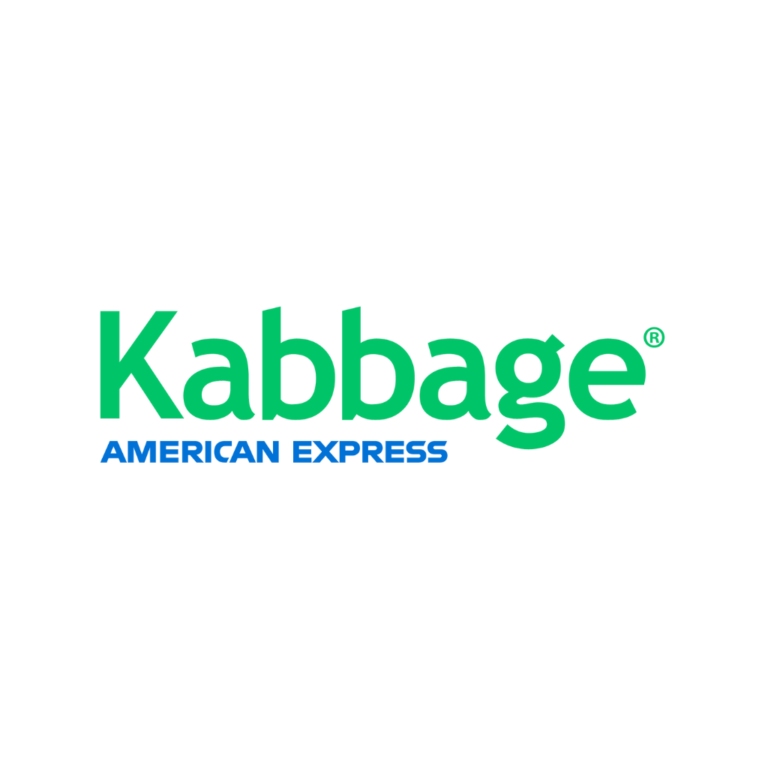Understanding Amazon ACOS – Calculate Easily!
As an Amazon seller, I’m continually sharpening my skills to stay ahead in the competitive e-commerce landscape. A pivotal aspect of my pay-per-click (PPC) campaign management is mastering how to calculate ACOS on Amazon. Decoding the Amazon ACOS formula is like unlocking the secret to cost-efficient advertising, ensuring every dollar spent on Sponsored Products ads contributes to my bottom line.
To me, ACOS is not just a metric; it’s a crucial barometer of success in the Amazon Seller Central arena. I know that optimizing ACOS on Amazon necessitates a thorough understanding of the numbers behind my ads and the strategic application of those insights toward achieving better returns on investment.
With ACOS as my guide, I’m equipped to recalibrate my marketing efforts in real-time, keeping my campaigns not only afloat but thriving amidst a sea of competitors.
Key Takeaways
- Scale Insights offers a suite of automation tools for managing Amazon PPC campaigns at scale.
- The platform features bid segmentation technology, allowing for detailed control over ad spending.
- Users can create bulk Amazon FBA campaigns using both automatic and manual bidding strategies.
- In-depth marketplace analytics provide insights critical for optimizing sales performance.
- Some users may find the dashboard design outdated and the user interface overwhelming at first.
- A free 30-day trial is available, no credit card required, with flexible pricing for different business sizes.
- Scale Insights is particularly beneficial for FBA sellers, advertising agencies, and aggregators.
Step-by-Step Guide to Calculating ACoS
When selling on Amazon, mastering the art of calculating ACOS on Amazon is essential for optimizing your advertising efforts and ensuring a profitable campaign. Let’s dive into the basics of how to calculate ACOS Amazon, explore practical examples, and discuss tools that can streamline the process. As an Amazon Seller, I’ve discovered some valuable Amazon ACOS tips that can help you manage your campaigns with precision.
The Basic Formula for ACoS Calculation
The formula to calculate your Advertising Cost of Sales (ACoS) on Amazon couldn’t be simpler:
- Take your total Ad Spend.
- Divide it by your Ad Revenue.
- Multiply the result by 100 to get a percentage.
This gives you the ACoS percentage, indicating the proportion of your revenue spent on advertising. The goal is to keep the ACoS lower than your profit margin to ensure profitability.
Practical Examples of ACoS Calculation
To put theory into practice, let’s run through a hypothetical scenario. Suppose you’ve spent $2000 on ads and generated $4000 in sales. Using the formula:
- $2000 (Ad Spend) ÷ $4000 (Ad Revenue) = 0.5
- 0.5 x 100 = 50%
Your ACoS is 50%, meaning that for every dollar earned, $0.50 was spent on advertising.
Interpreting Your ACoS Results
As an Amazon seller, meticulously analyzing your Advertising Cost of Sale (ACoS) becomes a cornerstone in optimizing your ad spending for peak effectiveness. My deep dive into ACoS reflects a nuanced view of its implications on profitability and the deployment of strategies for improving ACoS on Amazon. Deriving meaningful insights from your ACoS figures can be pivotal in formulating a robust Amazon ACoS strategy and subsequently reducing ACoS Amazon-wide.
What Does a High or Low ACoS Indicate?
A low ACoS indicates that your advertising campaigns are operating efficiently, as each dollar spent is generating a significant impact on sales. In other words, your advertising expenses are translating well into revenue, and you are likely achieving a good return on investment.
On the other hand, a high ACoS suggests that your campaigns may not be as cost-effective. If your ACoS exceeds your profit margin, it means that you are spending more on advertising than you are making in sales. This situation indicates a need for a strategic overhaul to improve profitability.
Determining the break-even point is crucial in understanding the impact of ACoS on your campaigns. The break-even point is the ACoS percentage at which your advertising spend matches your revenue, resulting in neither profit nor loss. By analyzing your ACoS to this break-even point, you can better evaluate the effectiveness and profitability of your advertising efforts.
Strategies for Improving Your ACoS
It’s about balance – finding the sweet spot between maximizing visibility and maintaining a healthy return on investment. Below are key strategies I recommend implementing for anyone interested in improving ACoS on Amazon.
- Adjust Bids: Consider lowering your bids on keywords with high ACoS and increasing bids on those driving profitable sales.
- Product Targeting: Refine your product targeting to better align with your consumer demographics and their search behaviors.
- Optimize Your Listings: Enhanced content and keyword-focused titles and bullet points can improve your product’s discoverability and conversion rate.
To enhance understanding, let’s visualize these strategic shifts that are instrumental in reducing ACoS on Amazon:
| Strategy | Goal | Expected Outcome |
|---|---|---|
| Bid Adjustments | Balancing cost-per-click with sales | Lower ACoS, higher profitability |
| Refined Product Targeting | Appealing to the right audience | Better ad relevancy, improved ACoS |
| Listing Optimization | Improving click-through and conversion rates | Increase in organic and ad-driven sales |
I’m keen on aligning one’s unique business objectives with these strategies to create a tailored Amazon ACoS strategy that doesn’t just aim to reduce ACoS Amazon-wide but also promotes sustainable growth and brand recognition.
Advanced Tips and Tricks
Mastering the art of ACoS on Amazon requires strategic depth and an analytical eye. Adopting advanced techniques in your ad campaign management can convert basic numbers into a roadmap for growth and efficiency. When delving into this complex topic, my ACOS Amazon strategy is not just about minimizing costs; it is about refining the entire campaign to fit within the broader canvas of my business goals.
Leveraging ACoS for Better Ad Campaigns
Enhancements to ad campaigns begin with an ACoS calculation for Amazon, but they certainly don’t end there. I focus intently on the performance of my keywords, isolating those that excel and negating the ones dragging my campaigns down. This is coupled with a rigorous adoption of exact match targeting to sharpen my ad focus, a method proven to deflate ACoS over time.
Active bid management is the pulse of any successful Amazon ad campaign. I make it a point to keep a vigilant eye on sales trends, adjusting my bids in synchronization with market demands and product seasonality. This dynamic orchestration ensures that my ad spend aligns seamlessly with peak performance intervals, thus optimizing my overall investment.
Analyzing ACoS about Overall Business Goals
An integral part of my acos amazon strategy involves looking beyond the immediate picture and aligning my advertising endeavors with my long-term business objectives. If my priority is to scale operations, I might be more flexible with higher ACoS figures as a trade-off for increased visibility and traffic. Conversely, when ROI is at the forefront, my tactics shift towards minimizing ACoS through targeted keyword conversions and methodical bid optimizations.
Maintaining this balance isn’t simply a matter of crunching numbers; it entails an ongoing dialog between the short-term efficiency of my campaigns and the long-term trajectory of my business. The following table encapsulates the various components of my approach to Amazon ACoS:
| Element | Approach | Impact on ACoS |
|---|---|---|
| Keyword Performance | Addition of Negative Keywords, Exact Match Targeting | Reduction in ACoS |
| Bid Management | Adjusting for Seasonality and Sales Trends | Dynamic ACoS Corresponding to Campaign Performance |
| Business Priorities | Aligning ACOS Targets with Growth or ROI Goals | Flexible or Restrained ACoS Depending on Strategy |
By integrating these Amazon ACoS tips within the structural fabric of my marketing strategy, I’ve seen a measurable uptick not only in campaign results but also in the overarching stature of my business on the Amazon platform.
Conclusion: Maximizing the Benefits of ACoS Calculation
As an Amazon seller committed to optimizing ACoS on Amazon, I’ve come to understand that mastering the calculation and interpretation of ACoS is more than a mere mathematical exercise. It’s about delving into the core of this pivotal metric, fully grasping its principles, and utilizing it as a compass to navigate the competitive seas of Amazon’s marketplace. By tapping into the strategic insights that ACoS provides, I’ve learned that tailoring my advertising approach to the subtleties of my brand can significantly enhance campaign performance.
Implementing ACoS Amazon strategies requires a blend of sharp technical knowledge with a broad strategic outlook. While crunching numbers is indispensable, it’s their analytical application that differentiates a thriving campaign from an average one. I’ve found that by weaving together Amazon ACOS tips, such as meticulous keyword research, astute bid adjustments, and a vigilant eye on market trends, I can refine my ad spend to not just achieve, but exceed profit benchmarks.
In the end, ACoS is a conduit to growth and profitability for those who can wield its power effectively. It’s a testament to the ingenuity of Amazon’s platform that sellers like myself can harness such deep insights into our advertising efficacy. By assiduously managing ACOS, I can confirm that sellers can unlock considerable opportunities, catapulting our advertising results to new heights on Amazon. An informed and nuanced approach to ACOS lends access to a realm of elevated efficiency and optimized performance, pivotal for any seller’s success.







